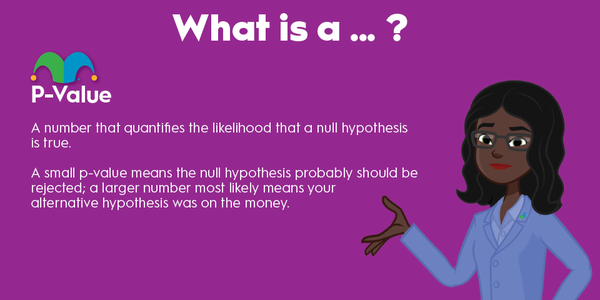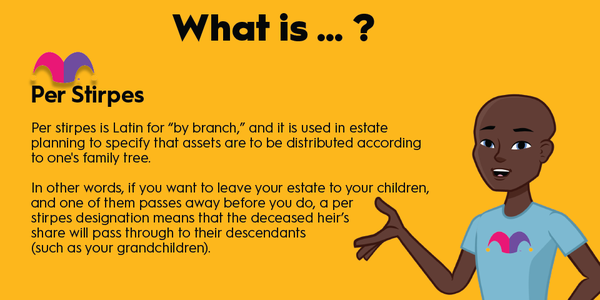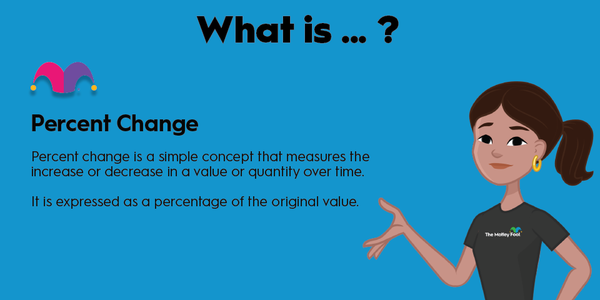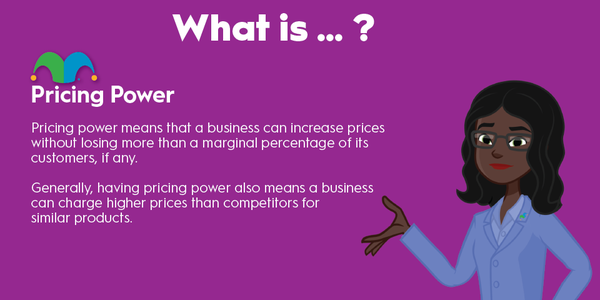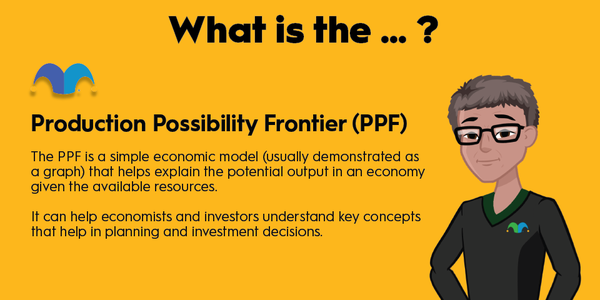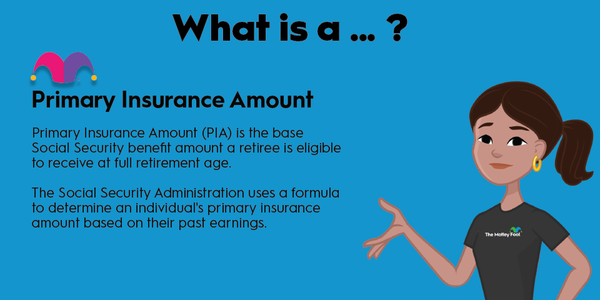A protective collar, or costless collar, is a defensive options trading strategy aimed at protecting an investor against losses from a significant decline in an underlying stock's price. The strategy involves buying a put option that an investor funds by simultaneously writing a covered call on the underlying stock. Investors can often execute a protective collar trade with little to no out-of-pocket cost.

Understanding it
Understanding a protective collar
A protective collar is a two-legged options strategy designed to hedge a stock position against a significant decline while limiting the cost. An investor would simultaneously:
- Buy one put option for every 100 shares they own at a strike price below the stock's current trading price.
- Write the same number of covered calls at a higher strike price roughly the same distance from the stock price as the put strike price. For example, if the stock trades at $100 a share, the investor could buy a $95 put while writing a $105 call.
Both options would have the same expiration date. Ideally, the investor can set up the protective collar trade at low or no cost out of pocket (hence the name "costless collar") because the written call premiums would cover most, if not all, of the cost of buying the puts.
Risks
What are the risks of using a protective collar?
Investors will use a protective collar to hedge a position to limit downside risk at a minimal cost. However, it's not a riskless strategy. The strategy helps cushion the blow of a steep price decline, protecting an investor's losses below the purchased put strike price.
For example, if an investor bought 100 shares of a company at $100 a share and then bought a $95 put option as part of a protective collar on that stock, the trade would limit their losses to $5 per share (i.e., the difference between the stock's price and the put strike price). If the stock fell below $95, the investor could sell the put option for a profit to cover any loss below the strike price.
One benefit of a protective collar is the limited out-of-pocket cost required to set up the trade since the written call should cover most, if not all, of the purchased put price. However, there is a potential opportunity cost with a costless collar that comes via the covered call.
If the share price soars above the written call price, investors could see their shares called away at the strike price. So, while a protective collar limits an investor's downside risk, it also limits their upside potential.
Why use them?
Why investors use protective collars
Investors use protective collars to limit risk during two types of trading environments. An investor might use a protective collar when initiating a stock position during a highly volatile market. It would protect them against a sudden drop shortly after entering the trade while preserving some upside potential for a relatively modest cost.
Another circumstance in which investors use protective collars is to hedge against short-term downside risks on a stock they purchased at a much lower cost. For example, if they're worried about an upcoming earnings report or short-term market volatility, they might use a protective collar to limit their downside risk during that period.
An example of a protective collar
Many investors will use a protective collar to limit the short-term downside risk of a stock when they see potential trouble ahead. For example, let's say an investor has grown concerned about a possible stock market correction following a long rally. They see several downside catalysts on the horizon that could send shares lower.
Related investing topics
Instead of selling their stocks, they put a protective collar on some of their largest positions, including Apple (AAPL 6.77%). Shares of the tech titan were trading at around $170 at the time. They want to protect their downside below $160 per share. They can set up a $180/$160 protective collar expiring in four months for virtually no cost since they can buy puts for around $5 per share while selling calls for about the same price.
If shares tumble, the investor can sell the $160 put to help cushion the blow. However, if shares soar past $180, the investor must pay money to cover their short call (or try to roll it forward) or risk having shares called away.





